Surprising Stories: Hot Chocolate fit for Kings and Queens

De Smaak, Jacob Gole, 1695-1724, Rijks Museum
With the cool airs descending on Paris as winter approaches, there’s no tastier way to warm up than with a thick cup of chocolat chaud. The history of hot chocolate in France began over four hundred years and involves two foreign queens. Digest the delectable history behind French hot chocolate as well as discover the best places for hot chocolate in Paris in the latest instalment of our Surprising Stories series.
Chocolate was first brought to Europe by Spanish Conquistadors and it was appreciated as a delicacy at the Spanish court. The Spanish royalty, who valued its fortifying and aphrodisiac qualities, jealously guarded the new drink as a state secret. When Philippe III of Spain’s daughter Anne of Austria, left for France to marry Louis XIII in 1615, she brought her favorite beverage with her as a wedding gift. The bride met her husband in Bayonne, a port city in the southwest of France, which is still internationally recognized as the capital of gourmet French chocolates.

Chocolate Pot by John Fawdrey, Victoria & Albert Museum
From Bayonne to Paris, chocolatiers would roast the cocoa beans in ovens then, after cooling the beans in canvas bags, they would pound them in to a paste on a heated stone. Before mechanical processes which separated bean from butter, it took up to an hour of pounding before the paste could be rolled into a sausage-like dough. The chocolate roll was then cut into slices and placed into a chocolatiere, a coffee pot with a wooden handle. By adding warm liquid, or heating from below, the brew was whipped with a wooden handle into a more or less homogenous brewage, a frothy hot chocolate.
An eighteenth-century recipe book gives us some idea of how hot chocolate made for kings:
“Place an equal number of bars of chocolate and cups of water in a cafetiere (coffee pot) and boil on a low heat for a short while; when you are ready to serve, add one egg yolk for four cups and stir over a low heat without allowing to boil. It is better if prepared a day in advance. Those who drink it every day should leave a small amount as flavouring for those who prepare it the next day. Instead of an egg yolk one can add a beaten egg white after having removed the top layer of froth. Mix in a small amount of chocolate from the cafetiere, then add to the cafetiere and finish as with the egg yolk.”
Source: Dinners of the Court or the Art of working with all sorts of foods for serving the best tables following the four seasons, by Menon, 1755.
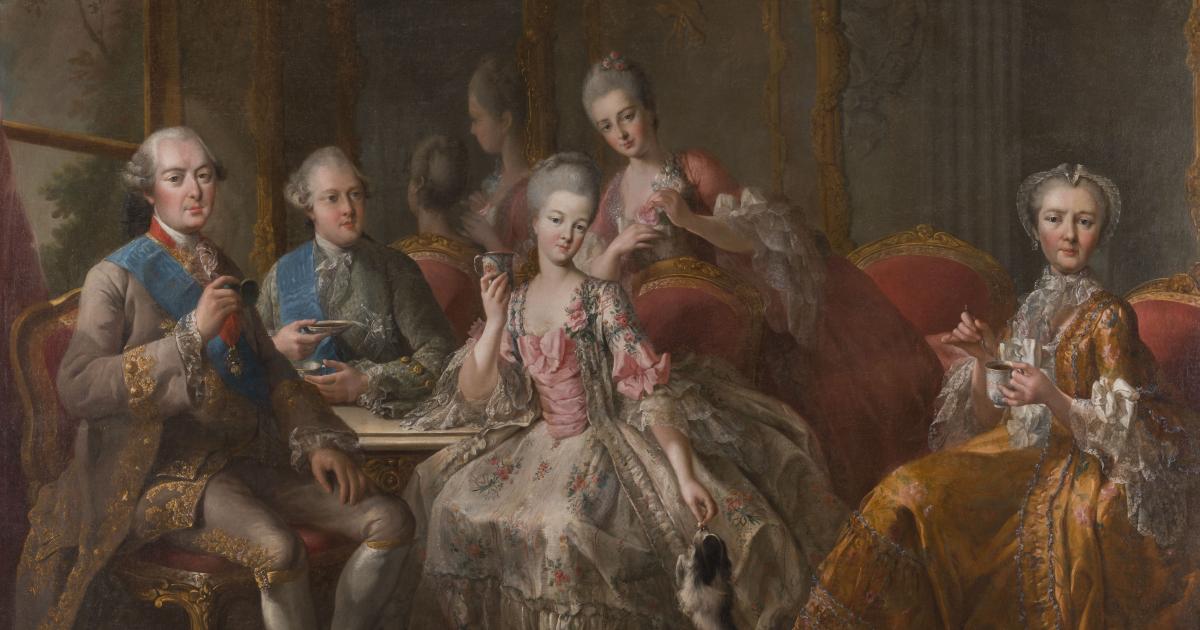
Hot Chocolate at the Court of Versailles
While this recipe sounds like a power drink, French confectioners added additional ingredients like coffee, vanilla, and cloves to subdue what must have been a rather bitter taste. When Marie-Antoinette married Louis XVI in 1770, she brought her personal chocolate-maker with her to the French court. The queen was one of the first to add sugar to her chocolate, and her official chocolatier created new recipes combining chocolate with orange blossom or sweet almonds. Ultimately the queen preferred a dollop of cream—perhaps recalling a Viennese recipe—to help sweeten her drinks.
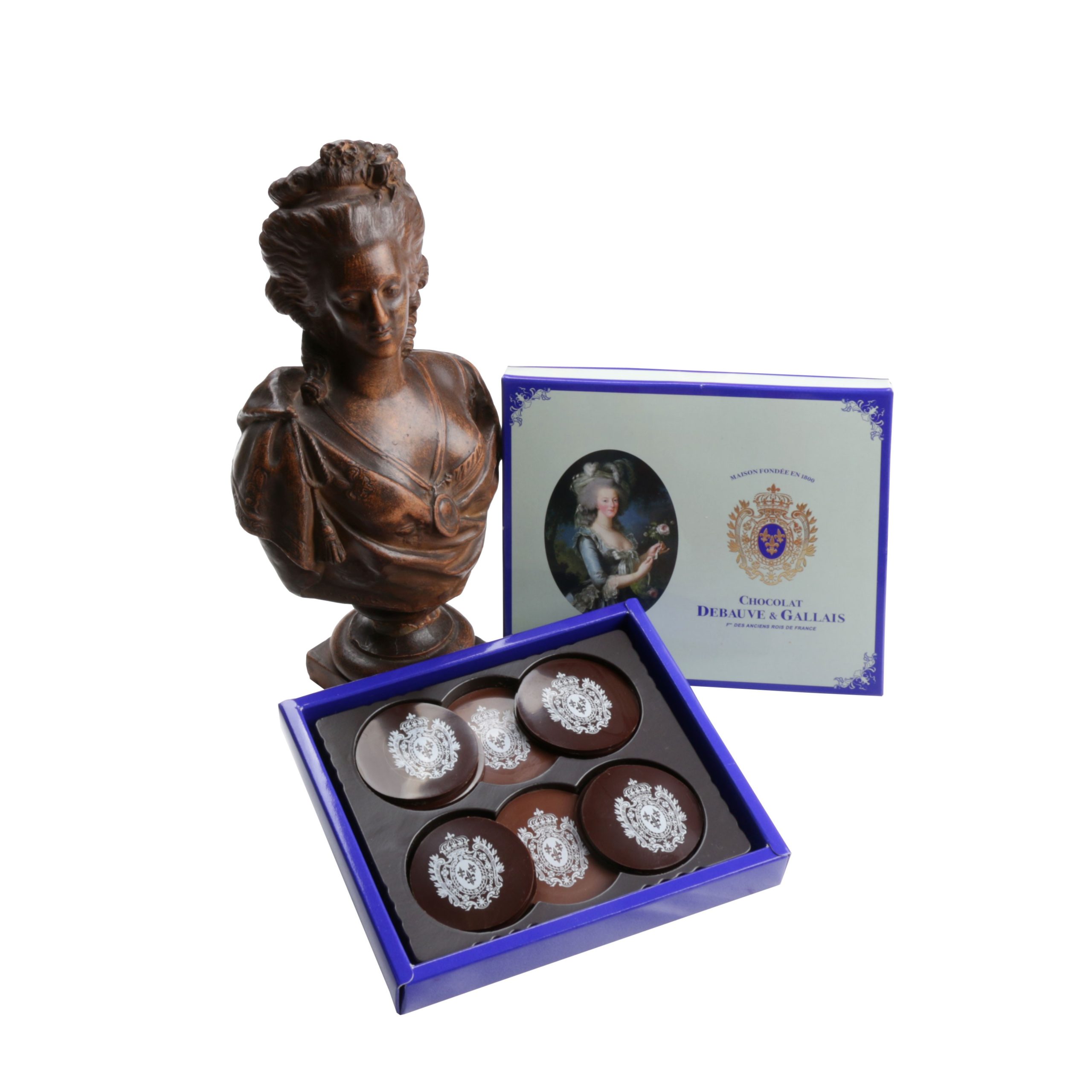
Debauve et Gallais, Pistoles de Marie-Antoinette
The Queen’s love of chocolate was well known in Paris and Versailles. An enterprising pharmacologist, Sulpice Debauve, established an apothecary in 1778 in the fashionable Saint-Germain neighborhood. Here he experimented with chocolate paste that was like an early bonbon or candy. He mixed a headache remedy with coco butter, which he then offered to the Queen. He baptized these medallions ‘Pistoles de Marie-Antoinette’ and he was awarded the title of the first official chocolatier for Louis XVI. The pistoles are still sold today at the historic boutique rue des Saint-Pères.

Photo: Angelina Rivoli
Although hot chocolate has changed since its arrival in the French capital, there are a number of excellent places to sample modern takes on this historic beverage. Here are some of our favorite places:
- Angelina: Paris’s most famous venue for hot chocolate, the original tea salon on rue de Rivoli has expanded with different outposts around the city and at Versailles where you won’t have to wait as long in line. Take out and make at home kits available. See all branches here.
- Un Dimanche à Paris: This tea salon and pastry shop boasts divine hot chocolate and a unique location in the historic lane, down from Paris’s oldest existing café and with the remains of a watch tower from the Medieval city walls. Take out also available. 4-8 Cours du Commerce Saint-André, 75006 Paris.
- Carette: This chic salon de thé overlooking Place des Vosges has decadent hot chocolate best served with a side of their fresh whipped cream and refined pastries. 5 Place des Vosges, 75003 Paris. They also have a location in Place du Trocadero, near the Eiffel Tower, and a takeaway shop in Place du Tertre in Montmartre.
- Jean Paul Hevin: This renowned Paris chocolatier sells make at home hot chocolate mix as well as take away usually in winter at his various shops, including one in the north Marais on rue de Bretagne. See all locations here.
Please contact us to book or for further information.

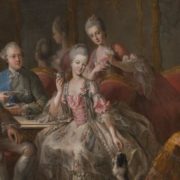
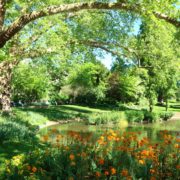
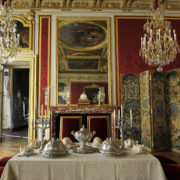
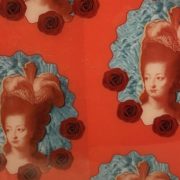
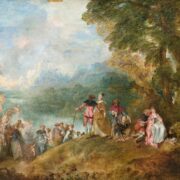
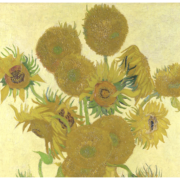
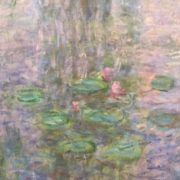


Leave a Reply
Want to join the discussion?Feel free to contribute!